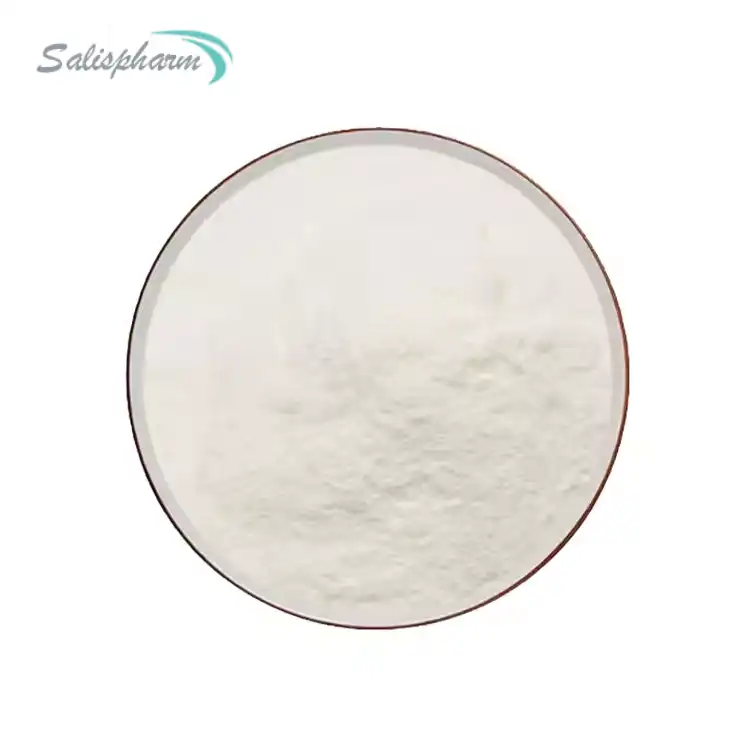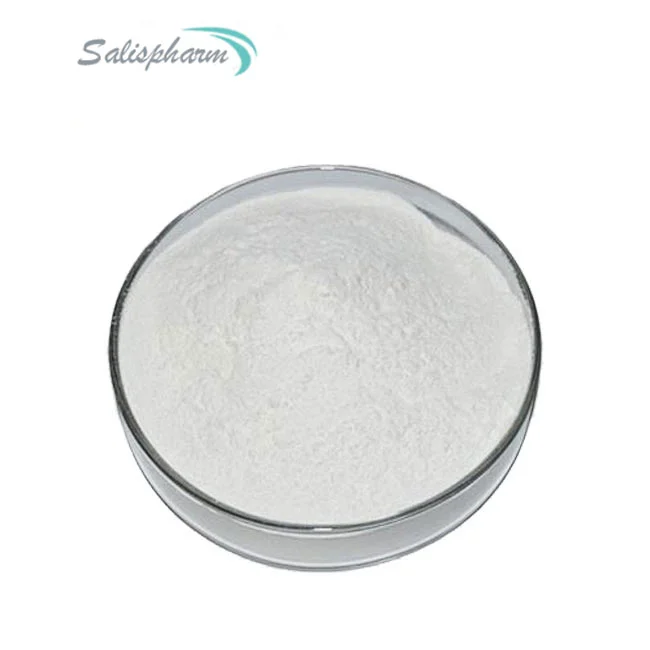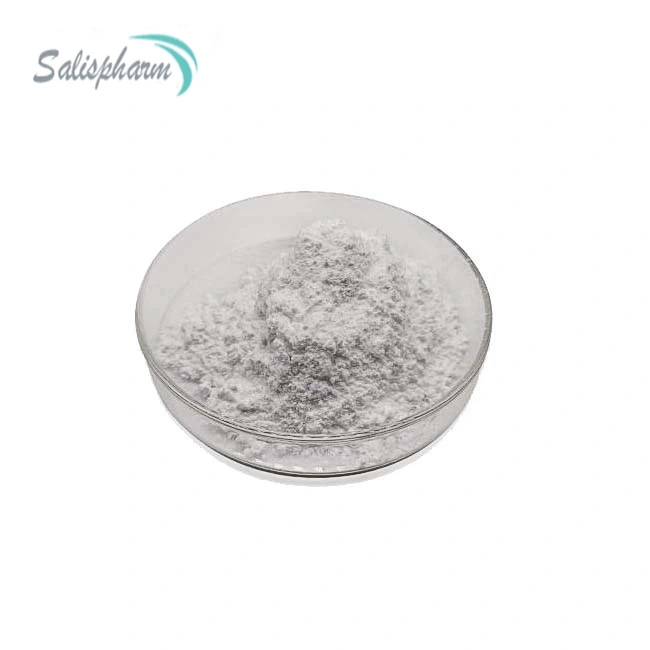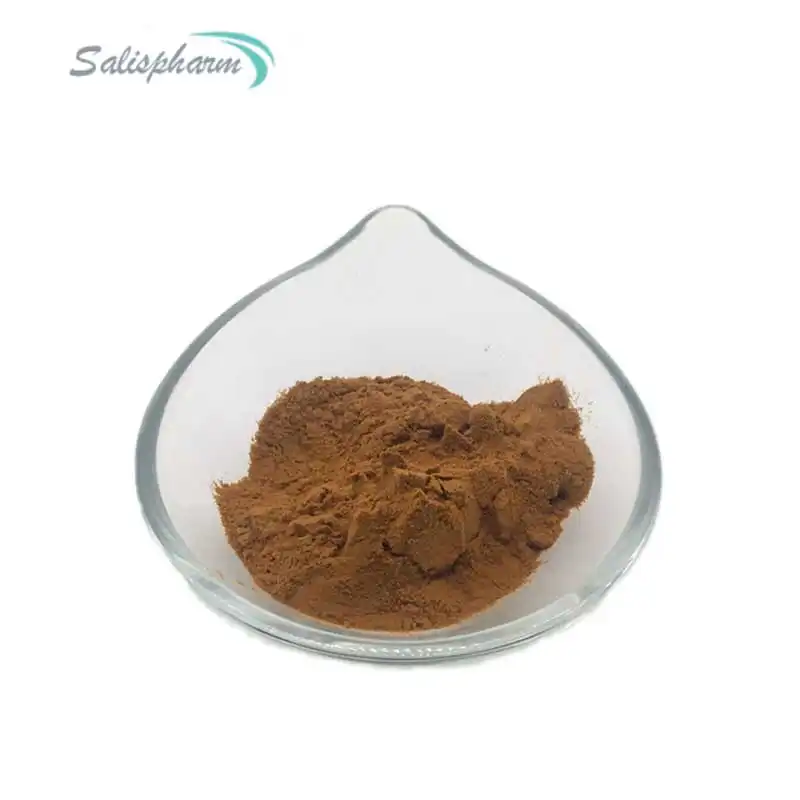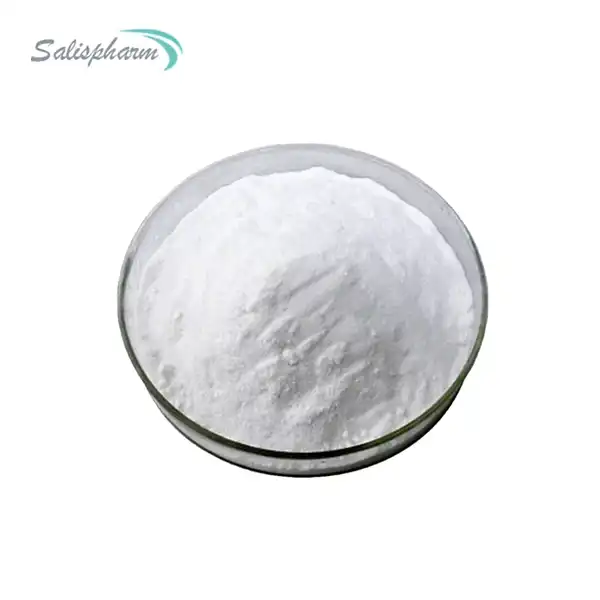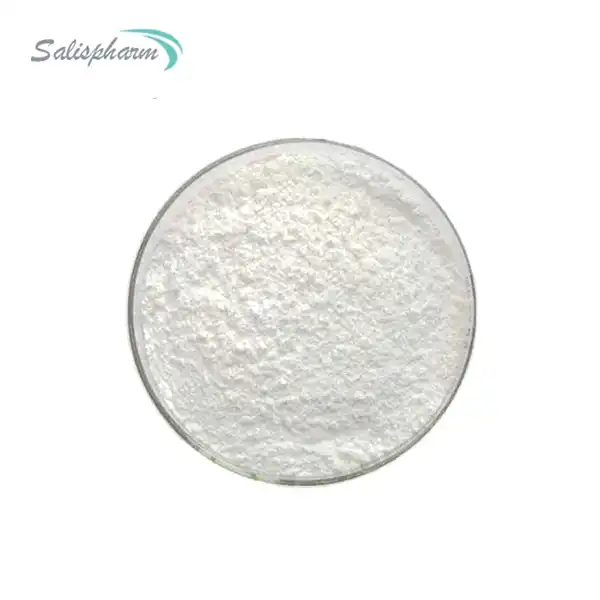Lidocaine, a common local anesthetic, is frequently used in medical settings for procedures that require numbing. Its ability to reduce pain and provide a sensation of numbness has sparked interest among DIY skincare enthusiasts who wish to create their own pain-relieving lotions and creams. But can you safely add lidocaine powder to your homemade lotion? This blog post will delve into the world of lidocaine powder, its topical applications, safety considerations, and provide a detailed guide on how to mix it properly for your homemade skincare products.
What is Lidocaine Powder and How Does It Work Topically?
Lidocaine powder is the solid form of the drug lidocaine, which is a type of amide local anesthetic. It works by blocking nerve signals in the area to which it is applied, thereby reducing sensations of pain. The analgesic effect is achieved by preventing the initiation and transmission of nerve impulses caused by pain stimuli.
When used topically, lidocaine powder is often mixed with a liquid or semi-solid base to create a cream, gel, or ointment that can be applied directly to the skin. This topical application allows the lidocaine to penetrate through the outer layers of the skin and reach the underlying nerve fibers, where it can exert its numbing effect. The numbing sensation typically lasts for a few hours, depending on the concentration and formulation used.
Lidocaine is known for its ability to provide relief from various types of pain, including:
1. Minor burns, sunburns, or skin irritations
2. Insect bites or stings
3. Muscle aches and sprains
4. Certain types of nerve pain (neuralgia)
5. Pain associated with certain skin conditions, such as shingles or eczema
In addition to its pain-relieving properties, lidocaine can also help reduce itching and discomfort caused by various dermatological conditions, making it a valuable ingredient in homemade skincare products.
Is It Safe to Incorporate Lidocaine Powder into Homemade Skincare Products?
The safety of incorporating lidocaine powder into homemade skincare products is a common concern. While lidocaine is generally safe for topical use under the guidance of a healthcare professional, there are risks associated with improper use or over-application.
One of the primary concerns is systemic absorption, which occurs when too much lidocaine is applied or if the skin is broken or damaged. In such cases, lidocaine can enter the bloodstream and potentially lead to side effects such as light-headedness, dizziness, drowsiness, numbness in areas not intended for treatment, or, in severe cases, seizures or cardiac arrhythmias. These risks are heightened in individuals with impaired liver or kidney function, as they may have difficulty metabolizing and eliminating the absorbed lidocaine from their bodies.
Additionally, it's important to consider that not everyone may react the same way to lidocaine, and allergic reactions can occur. Symptoms of an allergic reaction may include skin rash, itching, swelling, or difficulty breathing. Those with a history of sensitivity or allergies to lidocaine or other amide-type anesthetics should exercise caution when using lidocaine-containing products.
It's also worth noting that the long-term effects of prolonged or repeated exposure to topical lidocaine are not well-studied, and there is a potential risk of developing skin irritation, sensitization, or other adverse reactions with frequent use.
Given these potential risks, it is crucial to consult with a healthcare professional or a qualified pharmacist before incorporating lidocaine powder into homemade skincare products. They can provide guidance on appropriate concentrations, application areas, and any necessary precautions based on your individual health status and intended use.
How to Properly Mix Lidocaine Powder for a Homemade Lotion: A Step-by-Step Guide
If you have consulted with a healthcare professional and obtained clearance to use lidocaine powder in your homemade skincare products, it is essential to follow a careful and precise process to ensure the safety and effectiveness of your final product. Here is a step-by-step guide to help you create your own lidocaine-infused lotion:
1. Gather Your Ingredients: You will need lidocaine powder (pharmaceutical-grade), a carrier cream or lotion base, a mixing tool (a clean, non-metallic spatula or spoon), a sterilized container for your final product, and any other ingredients specified in your chosen recipe.
2. Determine the Dosage: Consult with a healthcare professional or a qualified pharmacist to determine the appropriate concentration of lidocaine powder for your intended use. The recommended concentration for topical lidocaine products typically ranges from 2% to 5%, but the optimal concentration may vary based on your specific needs and the condition being treated.
3. Prepare Your Workspace: Clean and sterilize your workspace and tools to prevent contamination. Ensure that all surfaces and equipment are free from dirt, dust, and other contaminants that could compromise the quality and safety of your product.
4. Measure the Lidocaine Powder: Carefully measure out the recommended amount of lidocaine powder using a clean, dry measuring spoon or scale. Precise measurement is crucial to ensure the correct concentration and effectiveness of your final product.
5. Combine with the Base: Slowly incorporate the lidocaine powder into your carrier cream or lotion base, mixing thoroughly with your clean spatula or spoon to ensure even distribution. Depending on the consistency of your base, you may need to use a gentle folding motion or a vigorous stirring technique to fully incorporate the powder.
6. Test for Even Distribution: Once the lidocaine powder is fully mixed into the base, perform a spot test on a small area of skin to ensure the lidocaine is well-distributed and effective. Apply a small amount of the mixture to a clean, unbroken area of skin and observe for the expected numbing sensation. If the numbing effect is not evident, you may need to remix the product to ensure better distribution.
7. Store Properly: Once you are satisfied with the distribution and effectiveness of your lidocaine-infused lotion, transfer it to an airtight, sterilized container. Choose a container that is suitable for the consistency of your product and provides adequate protection from light, air, and moisture. Follow the storage guidelines for your specific carrier base, as some may require refrigeration or have a limited shelf life.
8. Label Your Product: Clearly label your homemade lotion with the contents, concentration of lidocaine, expiration date (if applicable), and any necessary warnings or instructions for use. This will help ensure proper identification and safe usage of your product.
9. Educate Yourself and Others: Before using your homemade lidocaine lotion, thoroughly educate yourself and any potential users about the risks, benefits, and proper use of the product. Understand the potential side effects, contraindications, and precautions associated with lidocaine use, and be prepared to respond appropriately in case of an adverse reaction.
10. Consult a Professional: Even after creating your homemade lidocaine lotion, it is advisable to continue consulting with a healthcare professional or a qualified pharmacist for ongoing guidance and monitoring. They can help you adjust the formulation if needed, address any concerns or adverse effects, and ensure the safe and effective use of your product.
Conclusion
While it is possible to add lidocaine powder to a homemade lotion, it is crucial to do so with caution, knowledge, and guidance from qualified professionals. The effectiveness of lidocaine as a topical anesthetic can be beneficial for various skin conditions and pain relief, but safety must always be the top priority.
By following a step-by-step guide, consulting with healthcare professionals, understanding the potential risks and side effects, and exercising proper hygiene and storage practices, you can responsibly create a homemade lotion that includes lidocaine powder. However, it is essential to remember that self-medicating with lidocaine or any other active ingredient carries inherent risks, and seeking professional medical advice is always recommended, especially for persistent or severe conditions.
If you are also interested in this product and want to know more product details, or want to know about other related products, please feel free to contact sasha_slsbio@aliyun.com.
References:
1. "Lidocaine" MedlinePlus, U.S. National Library of Medicine, Accessed 1 Jan. 2023.
2. "Topical Anesthetics" American Academy of Dermatology, Accessed 1 Jan. 2023.
3. "How to Make a Homemade Lidocaine Cream" Healthline, Accessed 1 Jan. 2023.
4. "Lidocaine Side Effects" Mayo Clinic, Accessed 1 Jan. 2023.
5. "Safety Considerations for Topical Anesthetics" U.S. Food and Drug Administration, Accessed 1 Jan. 2023.
6. "Lidocaine Use in Dermatology" DermNet NZ, Accessed 1 Jan. 2023.
7. "Homemade Sunburn Relief: Is It Safe?" WebMD, Accessed 1 Jan. 2023.
8. "How to Make Your Own Lotion" The Spruce, Accessed 1 Jan. 2023.
9. "Lidocaine Allergy" Allergy UK, Accessed 1 Jan. 2023.
10. "Anesthetic Creams on the Skin" Dermatology Reviews, Accessed 1 Jan. 2023.

